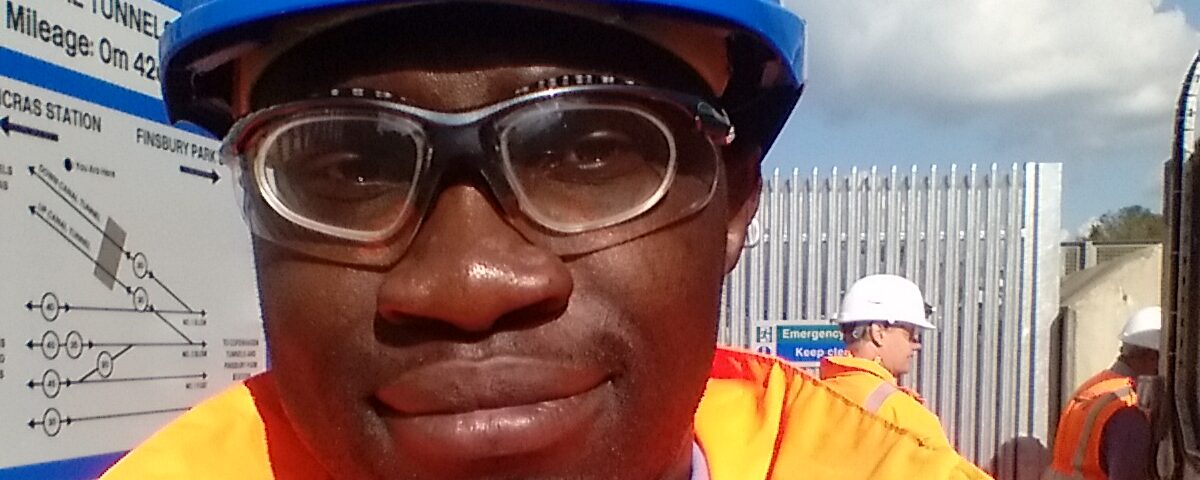Railway systems
Railway systems are an essential part of modern transportation infrastructure, providing a safe, efficient, and environmentally-friendly means of moving people and goods over long distances. We explore the various aspects of railway electrification and plant, from the history of railway electrification to modern-day systems and their design, construction, and operation.
The History of Railway Electrification
Railway electrification has a long and fascinating history, dating back to the late 19th century when the first electric railways were developed in Europe and North America. Few of the early pioneers of railway electrification are Werner von Siemens and Frank J. Sprague. There has been various significant technological advancements that led to the development of modern-day ac/dc electrification systems.
Modern Railway Electrification Systems
Today, railway electrification systems come in a variety of forms, including overhead lines, third rail, and battery-electric systems. There are advantages and disadvantages of each system, as well as the various factors that influence the choice of system, including cost, safety, and environmental considerations.
The Design and Construction of Railway Electrification Systems
Designing and constructing a railway electrification system is a complex process that requires careful planning, engineering, and project management. The various stages of the design and construction process generally ranges from feasibility studies and route selection to equipment selection and installation. The various stages of the design and construction process generally ranges from feasibility studies and route selection to equipment selection and installation.
The Operation of Railway Electrification Systems
Once a railway electrification system is installed, it must be operated and maintained to ensure safe and reliable operation. There are various aspects of railway electrification system operation, including but limited to power supply and distribution, traction power supply, and train control systems. Effective implementation of an asset management framework can ensure reasonable return over the life cycle of the asset. It should be noted that unlike other Railway asset, electrification systems are more prone to obsolescence, therefore an asset and or maintenance strategy and policy might be required to manage and keep up with the technological improvement and obsolescence of equipment.
Future Developments in Railway Electrification
As the world faces the pressing issue of climate change, the need for sustainable transportation infrastructure becomes increasingly important. There are various innovations and technologies that are likely to shape the future of railway electrification, including renewable energy sources such as solar energy, smart grids, and energy storage systems.
Railway Plant
In addition to electrification systems, railway plant refers to the various elements of railway infrastructure that enable safe and efficient railway operation, including signalling systems, track infrastructure, and rolling stock. These various aspects of railway plant and their role helps to ensure safe and efficient railway operation.
Conclusion
Railway electrification and plant play a critical role in modern transportation infrastructure, providing safe, efficient, and environmentally-friendly transportation over long distances. While the development of these systems presents significant challenges, the potential benefits are significant, and the technology is likely to play an increasingly important role in the transportation landscape of the future. By working together, we can build a more sustainable, equitable, and prosperous world, one train ride at a time.
This content is restricted to site members. If you are an existing user, please log in. New users may register below.
